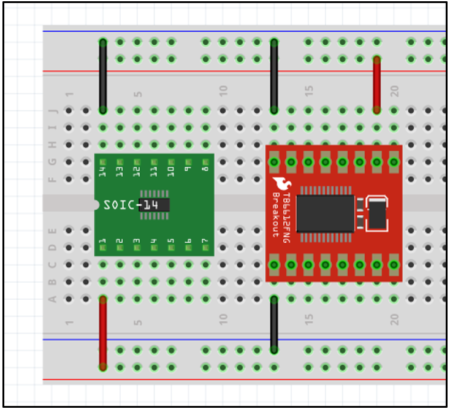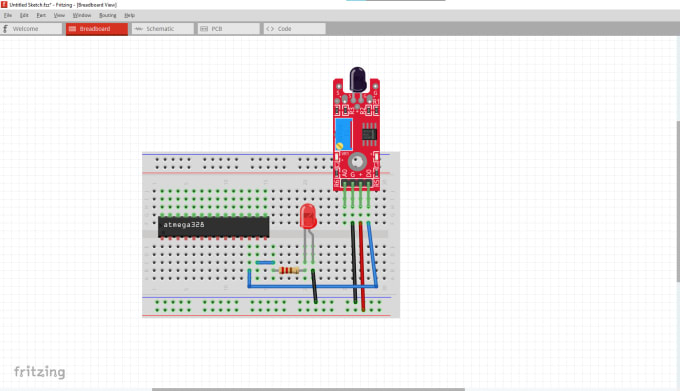
While there are a lot of ways to power a microcontroller project (battery, “wall wart”, etc.), I decided I would tap into the 12V wiring running all over the boat. But you can use any 1-Wire sensor you choose, based on what temperatures you want to monitor on your boat. I chose them for my project because I found some that come with the sensor enclosed in a small, waterproof, stainless steel tube at the end of a long cable, allowing me to reach all parts of my main engine.

The DS18B20 is one of many temperature sensors that use the 1-Wire method of communicating with the microcontroller. Other ESP8266-based microcontrollers should work, but if you’re going to buy one, be safe and buy the Wemos. However, to complete this particular project, you should probably use the Wemos D1 Mini (NOT the D1 Mini LITE!), to make sure it’s compatible with this software. Basically, a tiny computer that can read data from all kinds of sensors, process that data, and then send that to your boat’s Signal K server. For simplicity, I will refer to the “Wemos” in this post - when you read that, you can think “Arduino” if you like, or the more generic “microcontroller”. We will be using a microcontroller called the Wemos D1 Mini, which is used like an Arduino, but which has 4 megabytes of RAM and built-in Wi-Fi capabilities. The Arduino (including all its variants - Uno, Due, Mega, etc.) is the most well-known hobbyist microcontroller, but we won’t be using an Arduino. If you have a 3D printer, you could make a really cool enclosure for it, but I don’t have one, so that’s not part of my project. You can build it on a breadboard, but if you want to deploy it on your boat, you’ll have to do a little soldering. It will consist of a microcontroller, four temperature sensors, a power supply for the microcontroller, and a resistor or two. The Projectīuild a device that monitors four temperatures on your boat and reports them to your Signal K server, so that you can see them on any device that can run a browser, and that has access to your boat’s network (via Wi-Fi or Ethernet). In this post, I’ll detail the hardware aspect of the device, and will address the software details in the next post.

Don’t be intimidated by the idea of doing this yourself - this was only my second ever real microcontroller project - it’s not complicated. I hope it’s detailed enough so that you could duplicate the project yourself. In this post, I’m going to describe, in detail, the device I built and deployed on my boat to gather and report four temperatures from my main engine. In a previous blog post, I wrote in general terms about using small, inexpensive microcontrollers to gather all kinds of data around your boat and make it available on your boat’s network through Signal K.


 0 kommentar(er)
0 kommentar(er)
